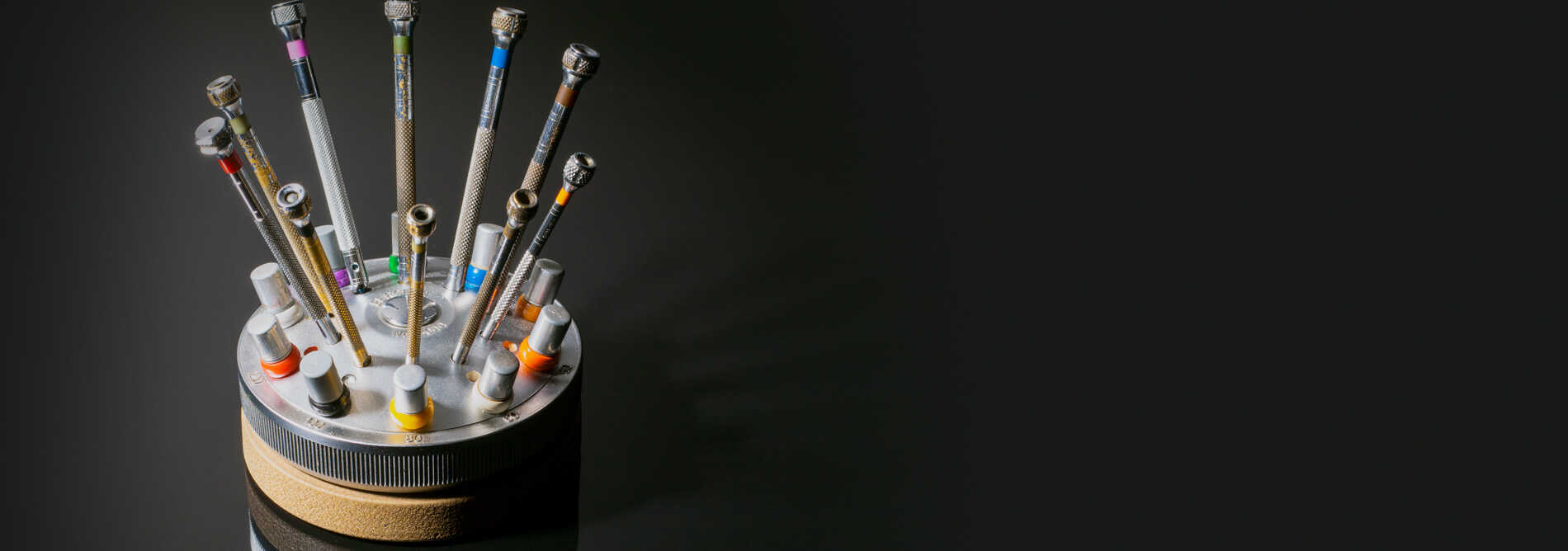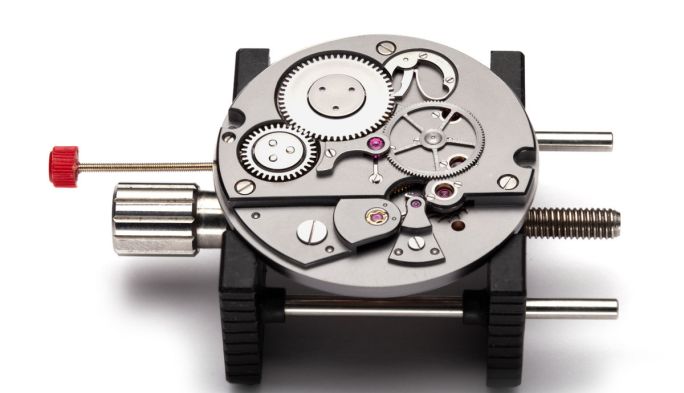Garrick English
Watchmakers
Watchmakers

What made Britain Great? Naval supremacy? Technical advancement? Industrialisation? Manufacturing prowess? All are true. And – in each of these areas, watchmaking played a part. British watchmaking is, and always has been characterised by diversity, inventiveness, innovation and genius. It is no secret that by 1800 half of the world’s watches were produced in Britain by British watchmakers – and it is a much-published fact that the watchmaking industry in Britain has recently experienced a revival with British watches designed in Britain, British watches assembled and regulated in Britain and British watchmaking components which are manufactured in Britain by British companies who actually care about the end product and take pride in their work.
You have to be careful when writing about historical British watchmaking, few records were kept and some of the details are sketchy at best. Thankfully though, a determination to preserve Britain’s watchmaking heritage has led to the establishment of a number of notable watch and clock collections, and some of the work of Britain’s watchmaking Masters, which were created in the dimly lit workshops of London’s labyrinthine cobbled streets now reside in museum showcases on view to the public – and the fact that many are still happily ticking away with no intervention, except for winding, speaks volumes of the craftsmanship which was employed in their manufacture. If you were a visitor to the UK’s premier horological event at the National Maritime Museum last year, where John Harrison’s entire family of “Sea Clocks” we’re brought together in one location, lucky you – they are without doubt the most acclaimed series of timepieces ever created – and their inclusion in this article brings me back to one of the things which made Britain Great – naval supremacy.
To understand how Britain’s naval supremacy is intrinsically linked with the watchmaking industry, one must travel back 300 years in time, when the British Empire sent her ships all around the world. Although a ship’s captain could measure latitude in the Northern hemisphere by using the elevation of the North Star above the horizon, a ship’s Longitude (east-west position) posed a conundrum – one which was extremely costly as navigational errors caused the on-going loss of ships, the lives of sailors and of course, expensive cargo’s. In order to bring a solution, the British government passed the Longitude Act in 1714 and a kingly sum of £20,000 was offered as a reward for whoever could create a practical solution.
The prize and the plaudits which would accompany such an award inspired a generation of watchmakers to invent and innovate, contributing further to Britain’s already abundant penchant for ingenious inventions. Eventually, John Harrison, a carpenter from Yorkshire was given recognition as the man who solved the Longitude problem, and when John Arnold refined the mechanisms involved and gave it the term “chronometer”, Britain’s reputation for marine clock manufacture was born.
So, the need for accurate timekeeping at sea provided the stimulus for new inventions – but, even with an abundance of talent an industry which is unregulated will never achieve its goals, which leads me to Britain’s knack for “manufacturing prowess”.

The superior quality for which Britain’s timekeepers became famous was thanks in part to strict quality control. In 1631, the Clockmakers Company, now known as “The Worshipful Company of Clockmakers” was formed by Royal Charter granted by King Charles. At that time, no one could make or sell a timepiece unless they were a member of the company. Membership alone was not enough, random inspections of watchmaking workshops were commonplace, and if the standard of craftsmanship was below standard, the watchmaker in question could quickly find himself out of business – brutal, yes but the system ensured that the superior quality of British Watchmaking became known all around the world and once the quality was under strict control, the industry could continue to develop and that means “technical advancements”.
The passing on, rather than the squirreling away of knowledge was vital to the technical achievements of British Watchmaking. For the most part, there was an extraordinary rapport between London’s Masters with the more established and affluent figures offering a leg-up to newcomers or those who were displaying a penchant for inventiveness. Unraveling the family tree of British watchmaking’s Masters and apprentices reveals how some of the most illustrious names in the business shared their knowledge ensuring the future success of their trade.
Among these individuals George Graham (1673-1751) is particularly well connected. Without his patronage, John Harrison’s family of famous marine timekeepers may never have seen the light of day; he offered apprenticeship to Thomas Mudge (1715-1794) who became famous for his work with the lever escapement and he formed a working relationship with Thomas Tompion (1639-1713) during which the two worked together to improve and develop timekeeping accuracy. Tompion is regarded as the “Father of English Clock-making” and his work to improve the timekeeping escapement laid the foundations for developments which are still relevant today. Tompion in turn also worked with Robert Hooke (1635-1703) whose cylinder escapement allowed for a flat watch, but his bond with Graham which lasted throughout their lives continued upon their deaths and the two are buried side-by-side in London’s Westminster Abbey. But – it was not all simpatico between British Watchmakers there were also healthy rivalries too, including John Arnold (1736-1799) vs Thomas Earnshaw (1749-1829) affair when the two became embroiled over who actually invented the spring detent escapement.
Britain’s failure to implement mass-production watchmaking methods is largely regarded as the reason for its demise – while British Watchmakers were still innovating, tweaking and refining watchmaking micro-components, in other parts of the world an emphasis on the development of the machinery left her workshop methods looking rather outdated. In recent years, traditional watchmaking skills have made a come-back throughout the world leaving watchmaking in Britain looking rather healthy – not a step towards mass production, the current revival is less about “industry” and more about “watchmaking” – which is exactly what made British watchmaking special in the first place.